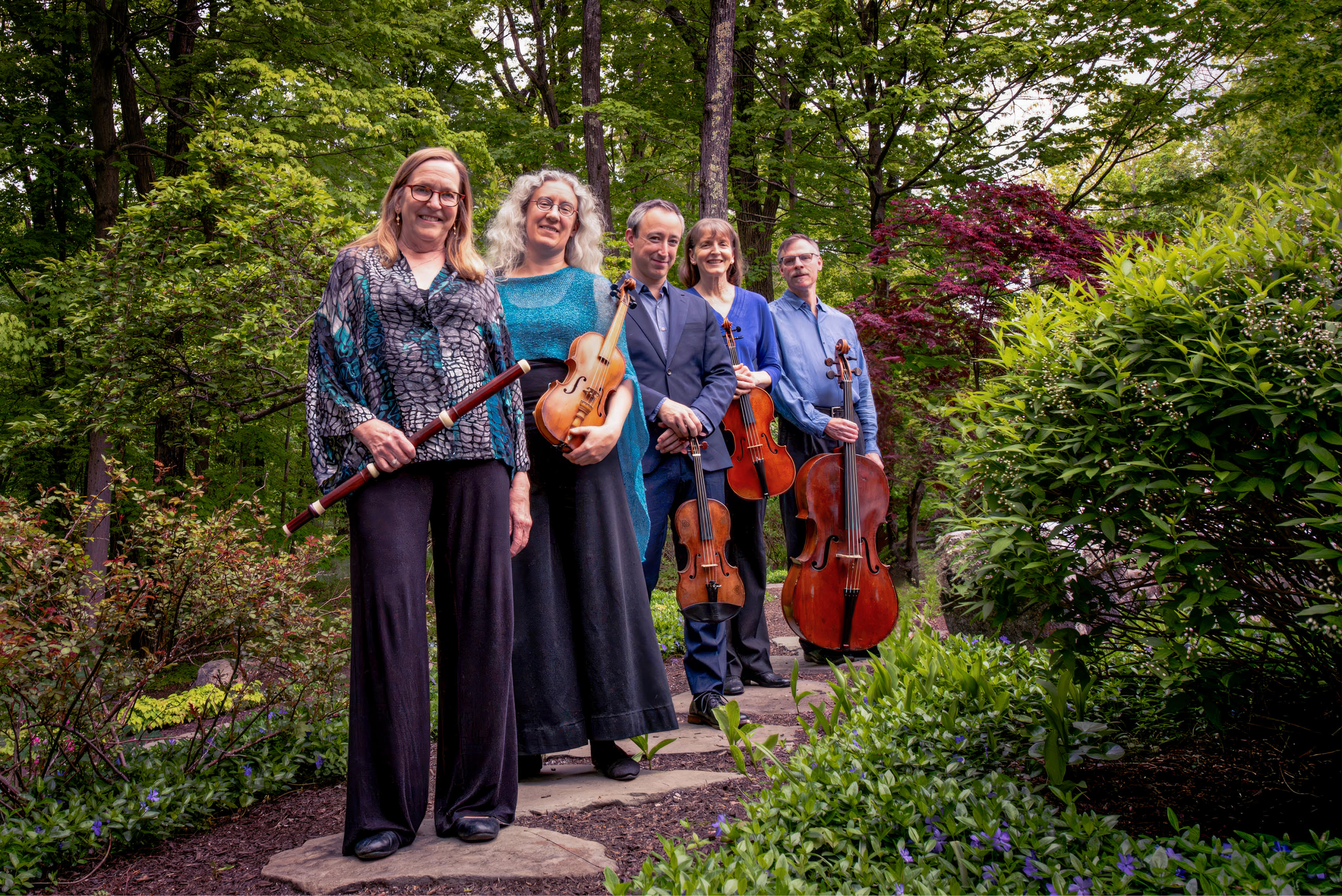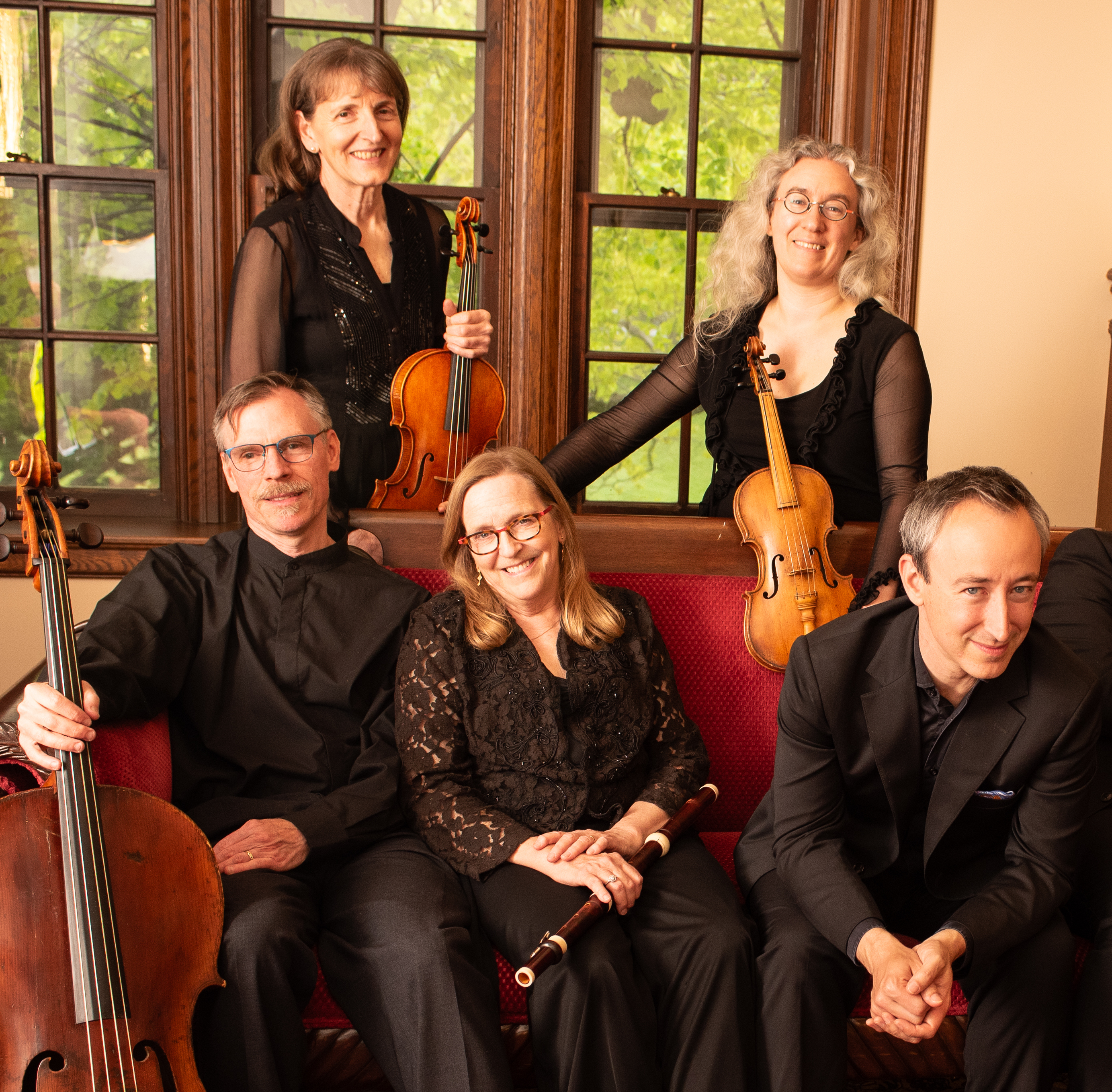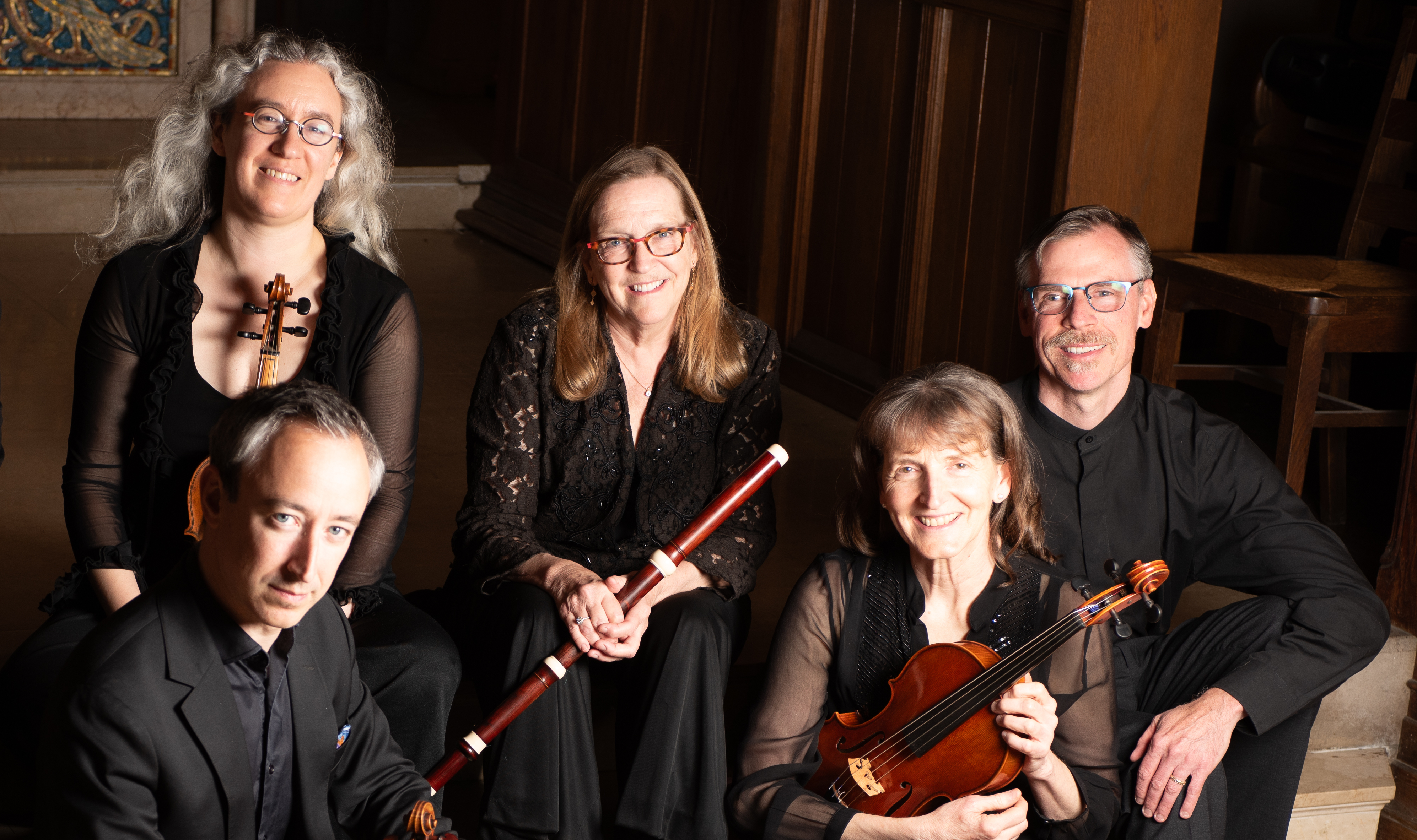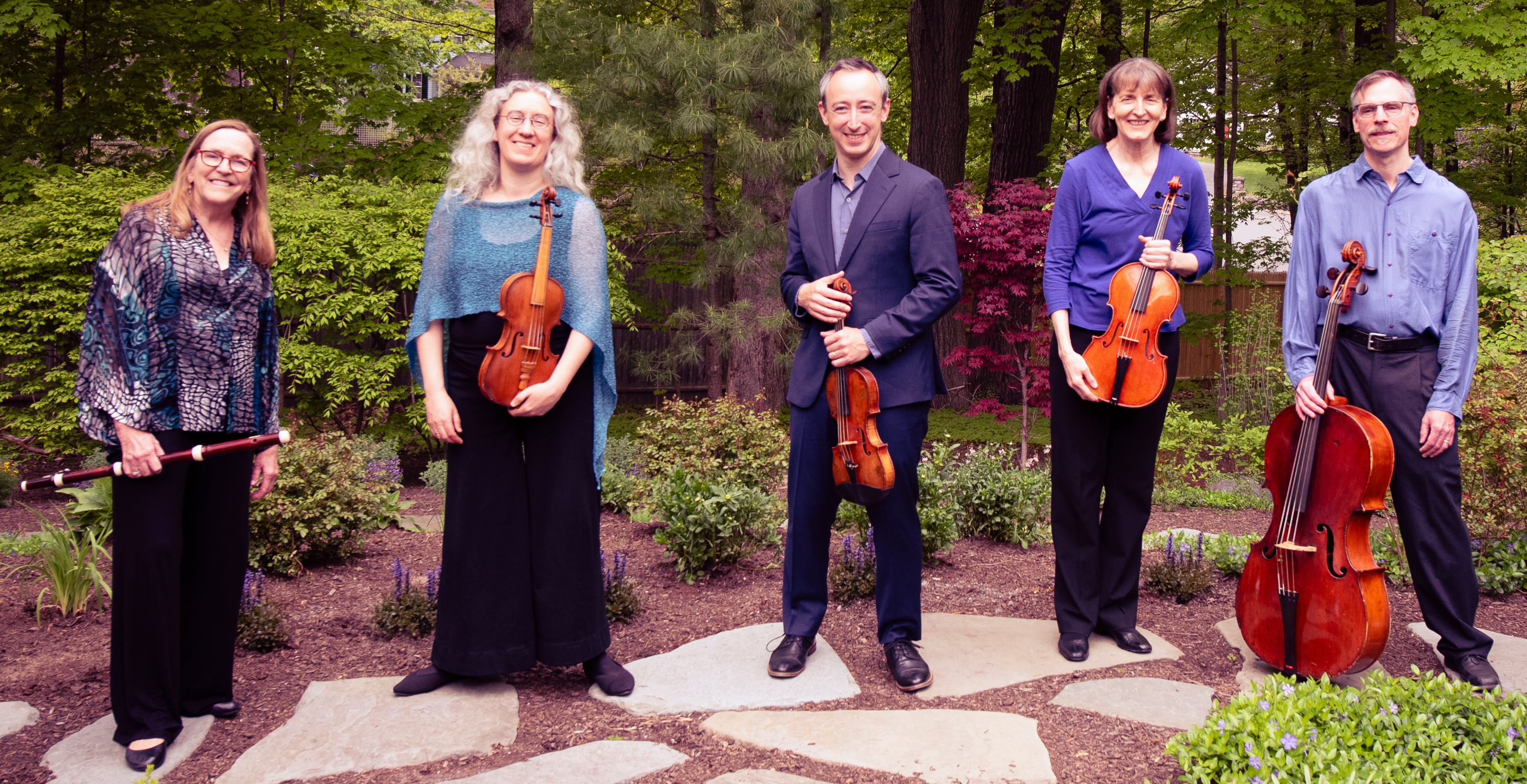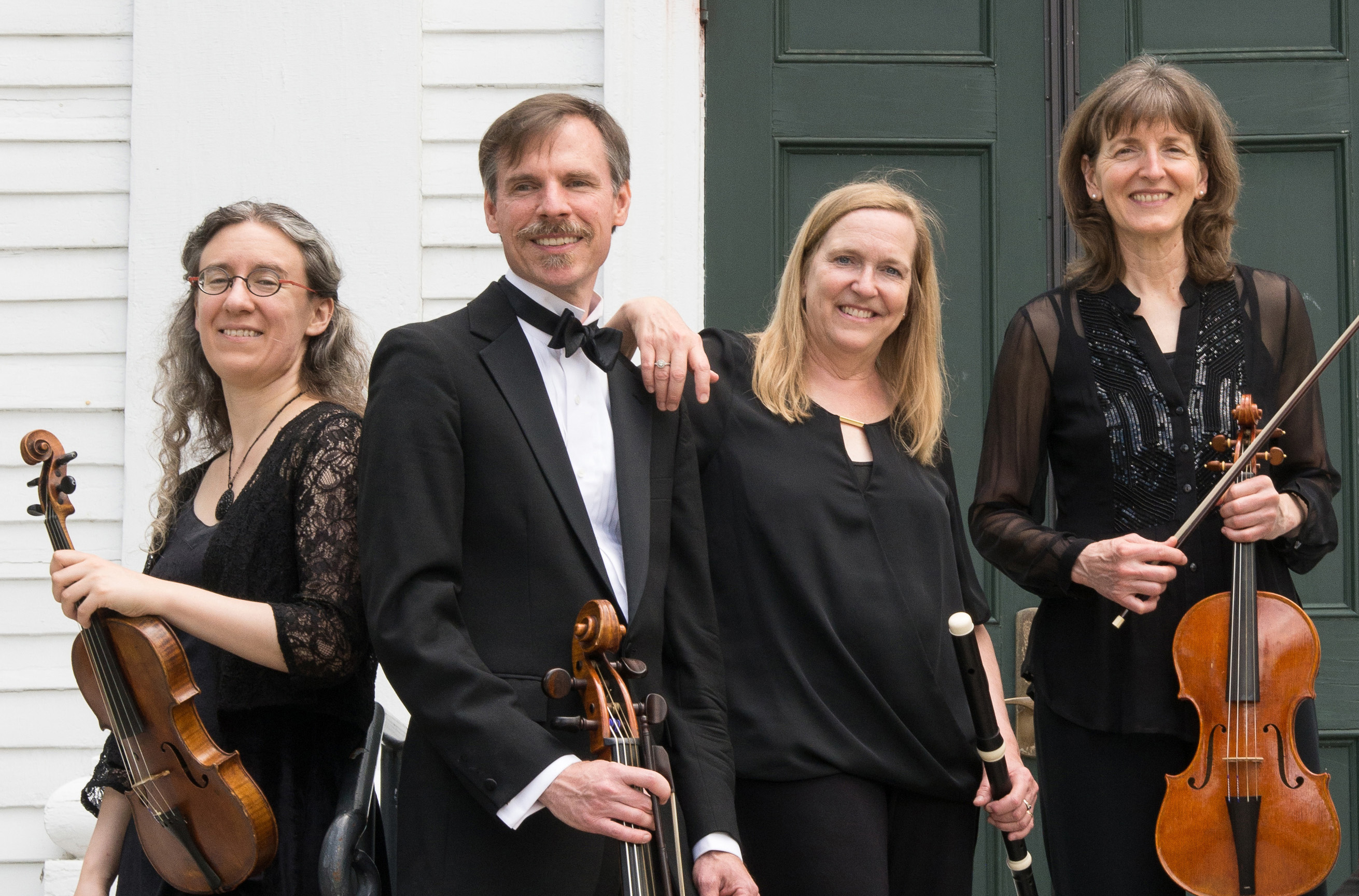CUSTOMER REVIEWS
Lorem ipsum dolor sit amet et consectetuer adipiscing elit
MEET THE TEAM
WE NEVER STOP IMPROVING
CURRENT PAGES
..and growing. We will never stop improving and updating JANGO. Expect more.
STATISFIED CUSTOMERS
Our Professional and dedicated team are on stand by to server your every concern
TOTAL DOWNLOADS
Join the community of over 110,865 users
PURCHASE A PACKAGE
JANGO INC.
25, Lorem Lis Street,
Orange C, California,
United States of America
T 800 123 0000
F 800 123 8888
NEED TO KNOW MORE?
Try visiting our FAQ page to learn more about our greatest ever expanding theme, JANGO.
Learn moreHAVE A QUESTION?
Ask your questions away and let our dedicated customer service help you look through our FAQs to get your questions answered!
Keep in touch
Our helpline is always open to receive any inquiry or feedback. Please feel free to drop us an email from the form below and we will get back to you as soon as we can.






